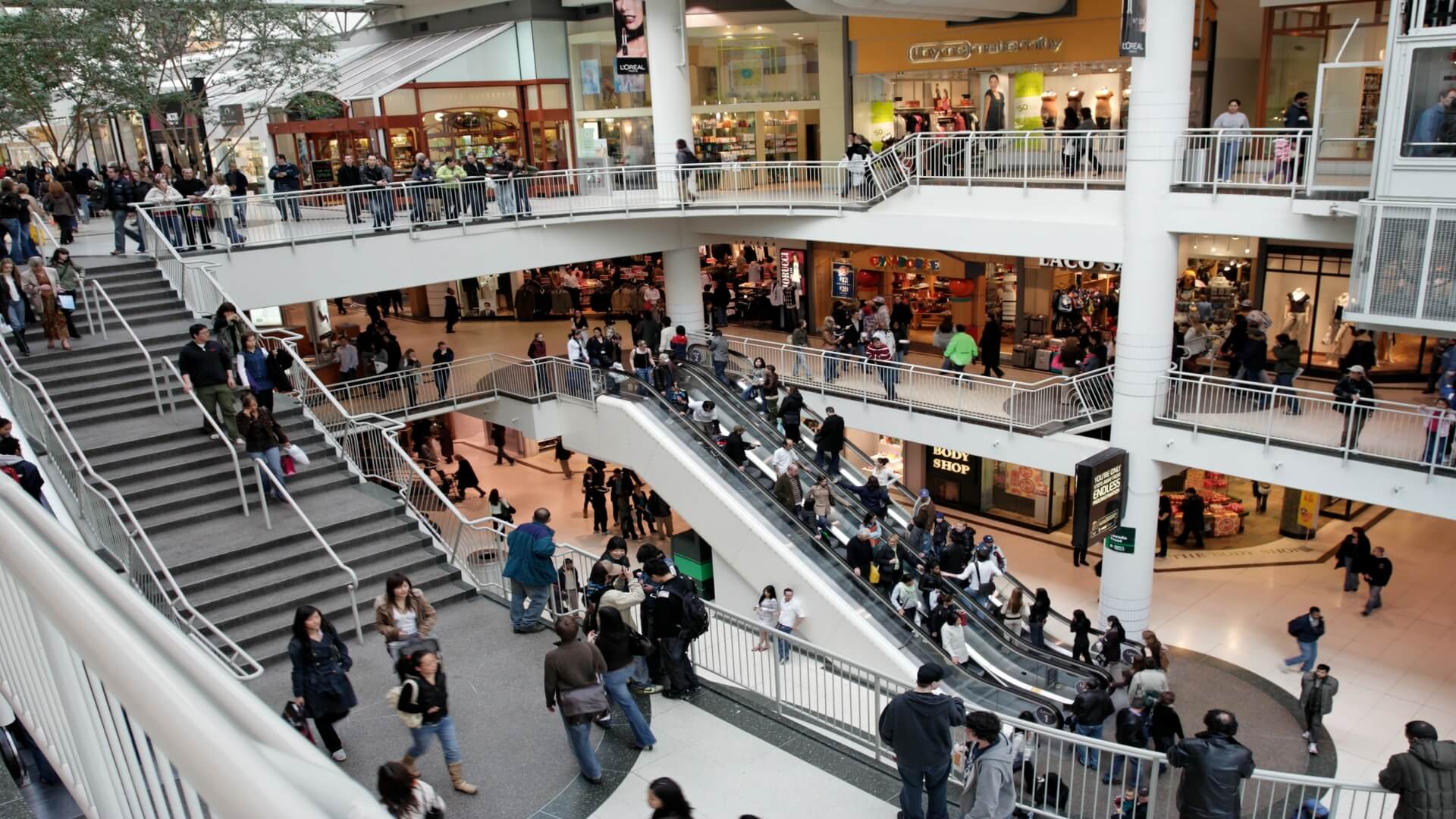-
Blog
-
About us
- Awards
- Issues
- Contact Subscribe
Blog page






Our Top Categories
Why Your Customers Hate Being Sold To
Top Read In Category
asdsd

This Is What The Future Of Direct Mail Looks Like
Top Read In Category
asdsd

The Seven Reasons to Get Funding Education
Top Read In Category
asdsd

5 Strategies for Sustainable Web Development
Top Read In Category
asdsd

Organizing Your Work Essentials For Maximum Productivity
Top Read In Category
asdsd

How Telematics Can Revolutionise Your Fleet
Top Read In Category
asdsd




